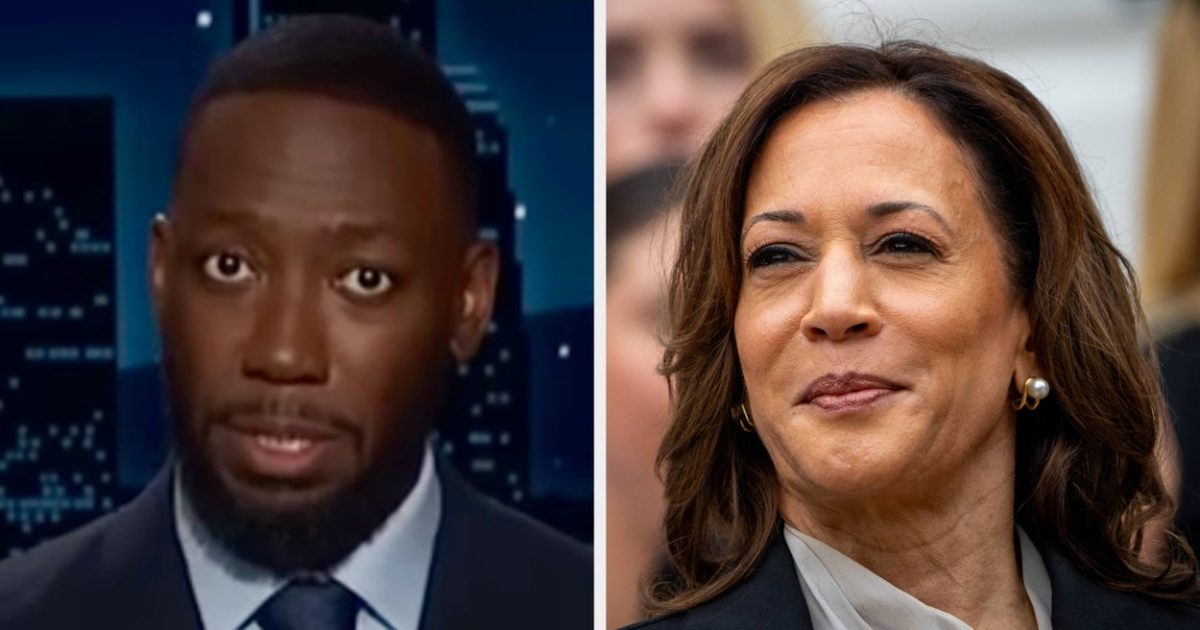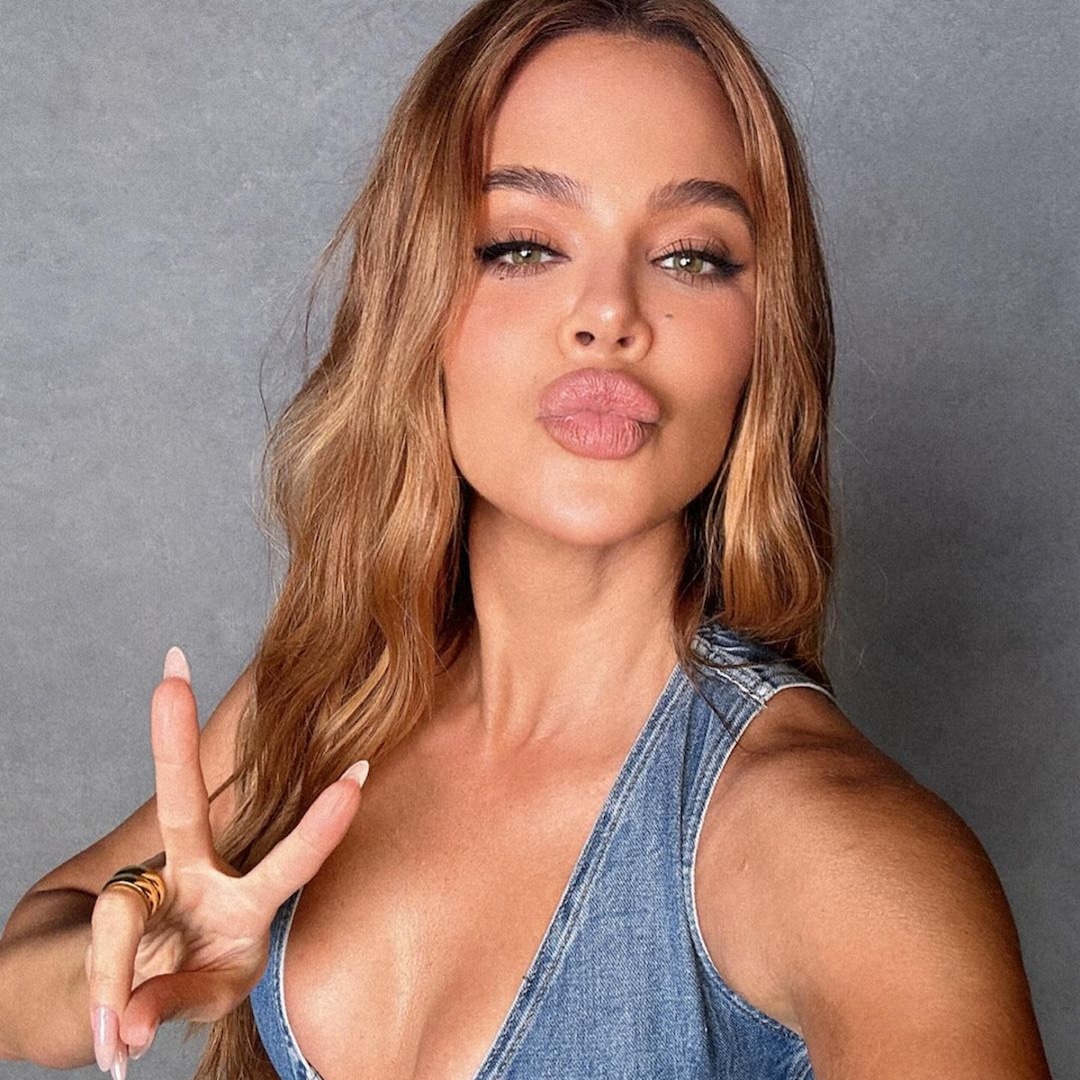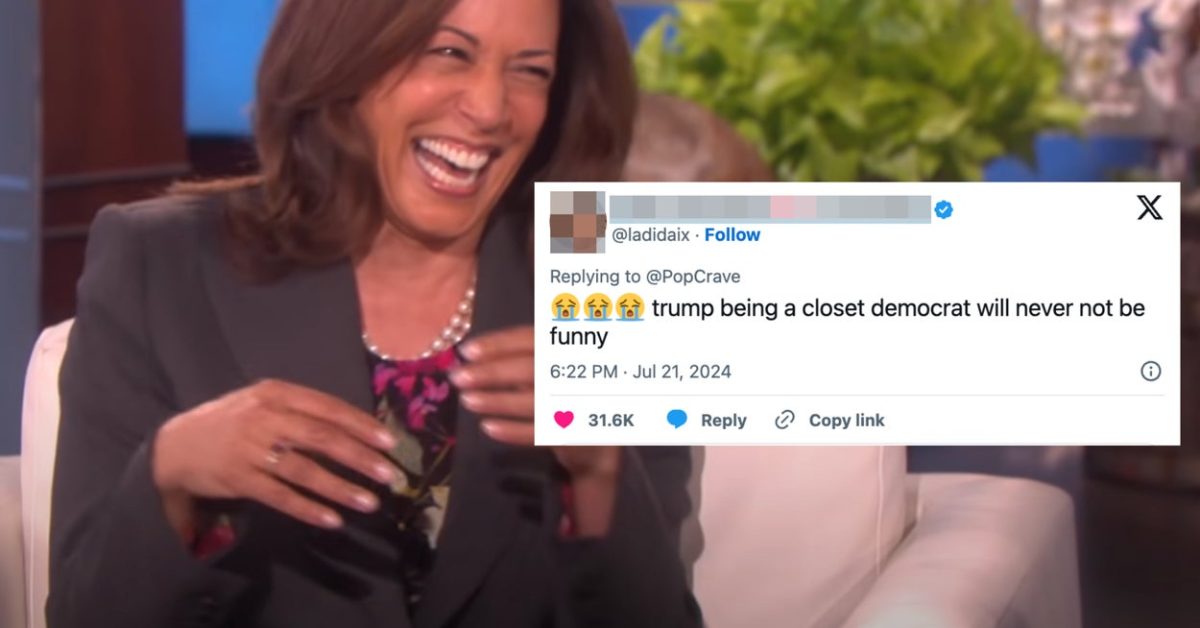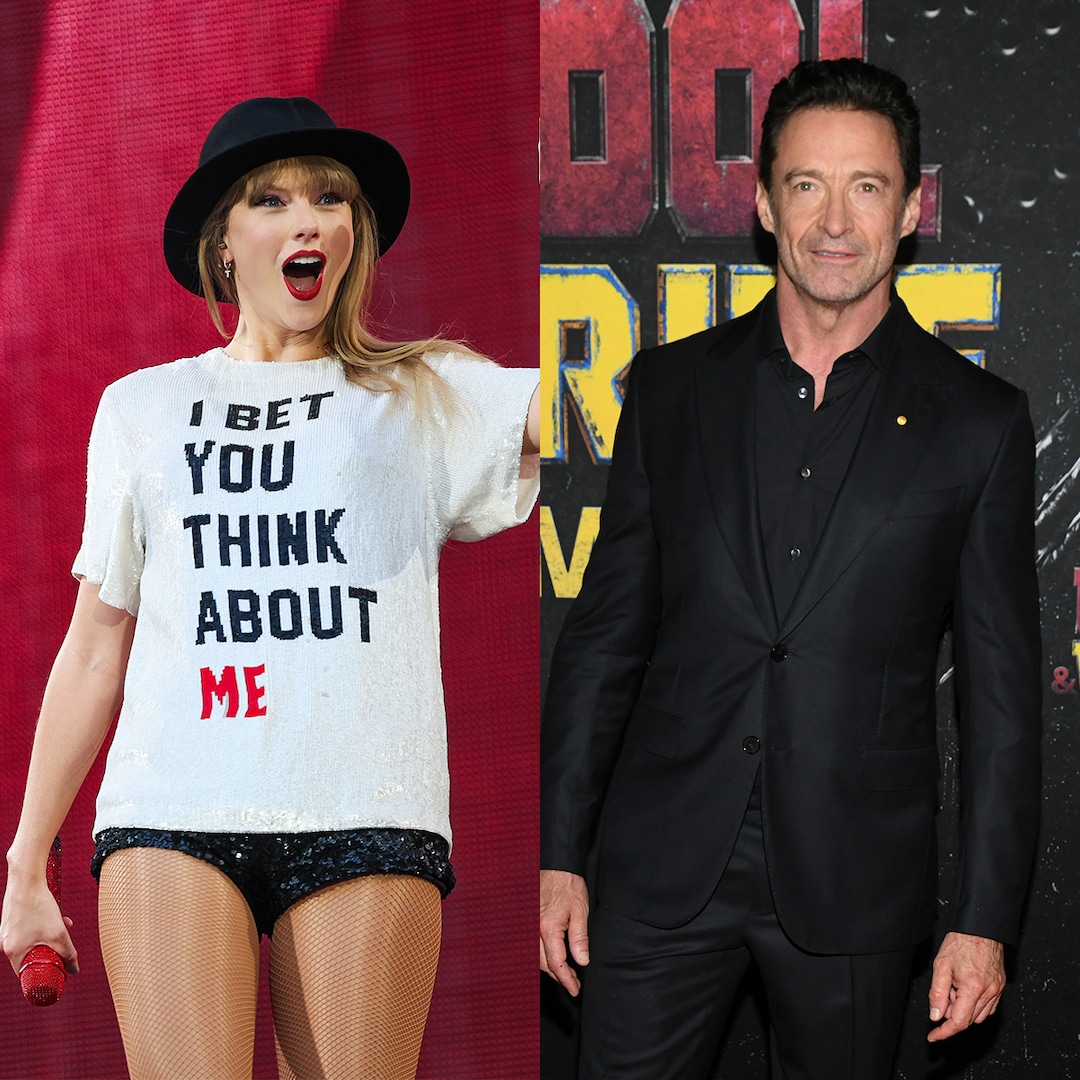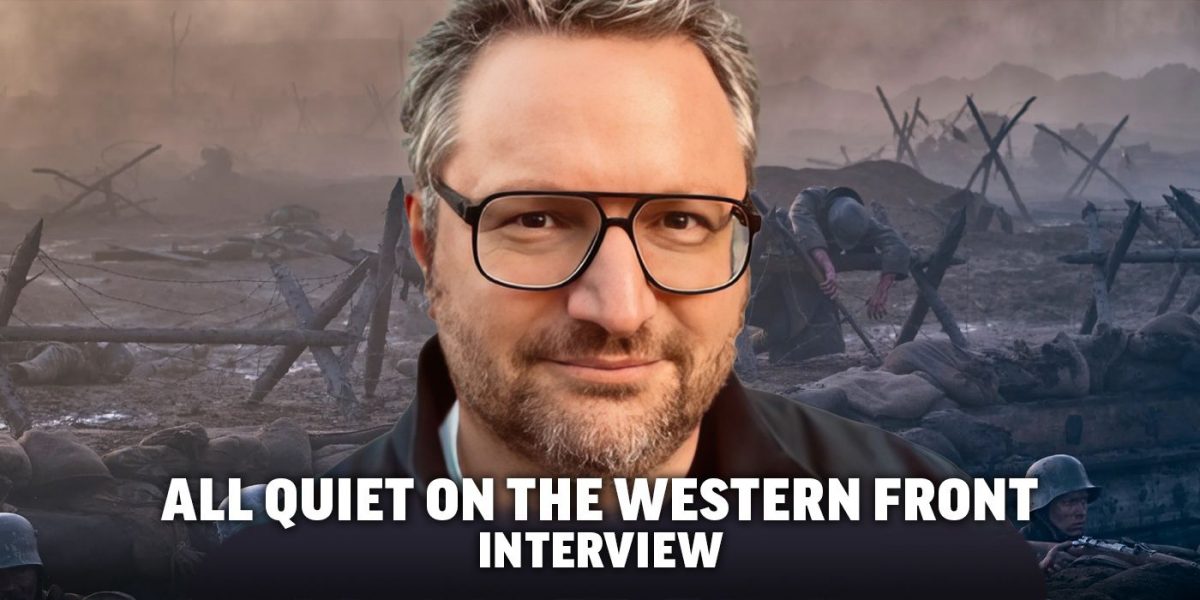
All Quiet on the Western Front’s Editor on Deleted Scenes & Director’s Cut
Jan 2, 2023
Edward Berger’s critically acclaimed German adaptation of All Quiet on the Western Front arrived on Netflix at the end of October, following a successful festival circuit. The film has already begun picking up accolades during award season, including being honored as the National Board of Review’s Best Adapted Screenplay and earning several nominations for Best International Film in various critics groups. One of the most notable aspects of All Quiet on the Western Front is its immersive cinematography by James Friend, and the captivating editing choices by Sven Budelmann, which propel the story forward and find moments to pull away from the gritty horrors of war.
COLLIDER VIDEO OF THE DAY
Based on Erich Maria Remarque’s novel by the same name, All Quiet on the Western Front centers around the soldier Paul Bäumer’s (Felix Kammerer) experience during World War I, as he and his friends are thrown into the never-ending tragedy of trench warfare. The film also features Moritz Klaus, Albrecht Schuch, Aaron Hilmer, and Adrian Grunewald as Paul’s friends and comrades, and incorporates Daniel Brühl as the real-life historical figure Matthias Erzeberger.
During the 1-on-1 interview, Sven Budelmann discussed how the version of All Quiet on the Western Front that audiences have seen is almost the same cut as the director’s cut, which scenes were ultimately removed and why, how the film evolved from the mood trailer that he and Berger first created, working alongside the film’s composer Volker Bertelmann, and how editing music videos early in his career helped him hone the skills he has today.
Image via Netflix
COLLIDER: So when Edward Berger approached you to do the editing for this film, what was the first thing that you decided you wanted to achieve with this adaptation?
SVEN BUDELMANN: Edward [has] said it a couple of times, but he’s right. When I heard of the project for the first time, I was excited. But also I felt a lot of responsibility because, especially with Germans, we carry the guilt and shame of the two world wars that Germany started. Of course, we wanted to meet the demands of the novel and of the two adaptations. The novel is one of the most important books in Germany. Everyone has to read it in school—everyone—to learn about the horrors and insanity of war.
When I first heard about it, I was like, “Okay, there is going to be a lot of pressure on this project, because everyone will watch us [and] what we do when we approach one of these masterpieces.” There was also the fact that we can make a new modern version from a German perspective. All [of] the other versions have been shot in English, and this is the perspective of the losers, so without any heroes or any glory. We just wanted to show the brutality of war in an authentic and the most realistic way. Almost like a documentary. I think this is an approach that hasn’t been there before, and this is actually what interested me most.
I really love this film. It’s tied with another film for number in my book. I really loved the way that the battle scenes really captured that intense, terrified, and unsettled emotion. So I’m curious, from an editor’s standpoint, what went into building those emotions into the editing?
BUDELMANN: Yeah, I spent a lot of time with these images of battle, screaming, shooting, mud and blood, and all that. I think it was mostly about finding the right balance between those intense war scenes, and to pull the audience out of the battle at the right moment. All these battle scenes were executed in such a professional way. There was not really much to do for me. With these long tracking shots, I can’t cut that much with this. But also the execution of all these huge battle scenes, it was sort of easy to cut for me, because it was really well prepared and there wasn’t much to do. But when I started editing those scenes, it was extremely intense.
I also did a lot of sound work, which is absolutely necessary, because otherwise you just hear like, “Okay, cue A, cue B. Now extras, start.” So there’s no… You can’t really feel if it’s working or not. So I also did a lot of sound work, and the more I did and the more we brought it to perfection, the better feeling you got. This is something… It became more and more intense.
At an early stage, we had the feeling that this might be too hard to bear, and that we need a tool to pull out the audience and create the distance again. As I said before, we wanted to make it almost like a documentary. Therefore, we try to find the balance between the moments when we are with Paul in the trenches and everything’s happening to us as an audience, and then cut back to a wide shot, and we just see little ants crawling about the battlefield. Or we cut to the nature scenes to pull back. Then when we cut back into the action again, the impact is even bigger, and we are put in the young soldiers’ boots again and experience what they see. This is basically what we worked on most; finding the right balance between violence and silent moments.
Image via Netflix
I really loved the way that it cut away to those nature moments, because it juxtaposed that this whole generation of men are dying, but the world continues on. There’s still foxes being born, the water’s still running in the rivers. There’s still nature. There’s still life, even though there’s this horrible tragedy.
BUDELMANN: The world is still turning and doesn’t care actually. There’s also a fun story, about how we found those images of nature. One year before principal photography, when I was preparing with Edward, we had a lot of talks, and we did a mood trailer. This mood trailer was about [how] we wanted to express the tonality of the film, how should it feel? Instead of using war images, we used images of beautiful nature, and we put in a destructive score under it, which increases until a peak. We immediately loved the tension that was created by this combination of violence and beauty. Like when you see beautiful images, and then there is sort of industrial sound under it. It is really… It’s a grind or something. This is something that we found out one year before, that this is a feeling that we wanted to create.
So this was an element that hasn’t been in the script before, and we somehow knew that this was something that we want to have. So our cinematographer, James Friend, went to the forests of Czech Republic before the shooting, and shot these beautiful images. So we got tons of nature footage with no idea where we should put it. But then after we cut one of the first battle scenes, the scene when the comrades come to the trench for the first time when it’s raining, and they had to shovel out the trenches with the helmets. Then there’s a bomber tag and the bunker crashes down, and the next day Paul has to collect the dog tags. Then he suddenly steps on glasses and finds out that these are the glasses of his best friend, Ludwig, and then he found him dead.
Then there’s this wonderful performance from Felix [Kammerer] when he holds back his emotions. Because he didn’t realize yet that his friend is dead, and then suddenly he comes upon him, and then he’s crying. This was one of the most intense moments, and this was the first moment when Edward and I got the feeling that we need a break here. Then we used those images, and this is the first time that we used these nature scenes just to rest, to give the audience a moment of rest, and then the story goes on. I’m sort of proud that we found this little tool to balance out these moments.
I’m always fascinated to learn, because I know most often when you’re editing, you use temp tracks to help set the pacing. I was curious what kind of music you used during that process, and what your working relationship was like with the composer as well. Because the music in this film is just incredible.
BUDELMANN: Yeah, it is. That’s true. Edward worked with Volker [Bertelmann] before a couple of times. So I got a huge basket of music from Volker, which is… I don’t know, it’s like 30 days of music or something when I put it in my iTunes library. I was like, “Okay, listening to this will would take me 30 days.” So what I usually do is when I do the selects, when I go through the footage and watch it, the dailies, then I just have iTunes, click play, and to get this library to know. He did a lot in the direction of these, of how the final version of the score is, so I used those. We wanted to create this type of score which is a good balance of dramaturgical support and also keep the distance without manipulation. So what we never wanted to do is dictate to the audience’s feelings.
We wanted to be more… It should be more feel like… It’s just a feeling I can’t express, really. It’s as if you’re an observer of everything. It never holds your hand and then guides you through a scene. I’m just watching Wednesday, the series with my daughter, and [it] is the complete opposite. It’s brilliant, but what they do is there is a dialogue and the music is doing all these little things and a little push here and a little bit of a highlight here. So it’s like a melody what the score does, and we just have this almost atmosphere, and almost as if the music destroys the image. It’s something like that.
Image via Netflix
That’s exactly how it comes across, as somebody in the audience watching it. The music does feel like it just destroys and decays with what’s happening. It’s fascinating. It’s fantastic.
BUDELMANN: The best thing about it was [that] we made this for the first cut layout, and then we sent the first cut to him, and I think ten days later, or a week later, he sent us ten cues. We were like, “What is that?” We were sitting here—this is my studio, by the way—we’re like, “Really?” Then we kept watching it like, “That’s cool, isn’t it?” We said, “Yeah, that’s really cool.” So we never expected something like that, because he further developed the layouts much more and added his personal elements, and it was just a great collaboration with him.
I’m curious to know which sequence ended up being the hardest to perfect?
BUDELMANN: Which sequence was the hardest to perfect? It’s not the battle scenes, because [they] were so well executed. I think this is a film where we don’t have much dialogue, and usually, the dialogue gives you sort of a timeframe for how long a scene is. So somehow you have a pattern and there are these lines that need to be said, and then you can have some beats in between the scene, but somehow you have a frame. But we have had many scenes which were just atmospheric, where you just watch the action. Like the travel of the journey of the uniforms at the beginning of the film, when we see how the dead bodies get undressed, and then we see the train unloaded, and then the lorry goes to a factory, and then these women are cleaning the uniforms.
This wasn’t actually the hardest, because all these little scenes are vignettes, I call them. It’s like what creates a setup. So this, do the cleaning or do the knitting, or this is what happens. You can cut a version that is 30 seconds [for] each vignette, or you can cut a version where each vignette is just five seconds long. We had to figure out what is the right balance. To do that, we also had to do a lot of sound work again because the sound is not just the underscore. It defines the length and structure of these scenes. So because we have no dialogue, it was necessary to add these elements at this stage. I think this was the most challenging.
Another aspect was maybe “How long do we need to get to know the friends?” Because we just have this one scene complex at the beginning of the film, after the first battle. Then there is this time jump when they go for the goose, and then they eat together, and then they have this potato peeling, and then they look out for the young kids who were gassed at the end. This is the moment when we learn about their dreams and actually that they are just naive kids and blue-eyed kids. We had to find out how long do we need to delight in them somehow before we send them back to the battle. I think the potato peeling scene was actually the scene. This is the one scene where we worked until the last day of editing.
Wow.
BUDELMANN: Yeah, it looks so simple now. It took us a long time to find out. As you could imagine a scene with, I don’t know how many people we have in this, five [or] six? There was a lot of coverage of the scene. Everyone got his close-up, and then a combination of shoulders, mid-shots, and wide shots from all possible directions. Now it looks like, “Okay, it’s short. It has to be like this.” But the way to this version was a long way. Finally, we made it, and it was… To find the right balance when they see the French girls and the one who is running away, and where do you go? Where is he going? This is so funny. But also, this is a moment of normal life somehow. This is the only time when we feel like, “Okay, maybe they’re going to have luck,” but [they do] not…
Image via Netflix
I would imagine there’s a few deleted scenes that didn’t make it into the final cut. Can you talk about any of them?
BUDELMANN: Yeah. It’s the storyline of [Matthias] Erzberger, who was leading the negotiations. This is also one where we played around a lot with where to put the elements of Erzberger, when it’s the first time that we establish him. Because this is also exactly around the area, what I just talked about, when they do the potato peeling and all this. We had a scene when Erzberger is sitting in the car with this general, and they just drive through the country. At the beginning, there was a dialogue between the general and Erzberger. We immediately feel that the general doesn’t like Erzberger at all, because he doesn’t want to do any battles anymore, and then he will lose his job.
But we had the feeling that it’s not the right moment to listen to those guys. It’s more interesting just to establish two new characters, without knowing yet what they have to do. But obviously, they don’t like each other. So the dialogue was deleted in this scene. Above that, I think there is not much. Just at the beginning of the film… Okay, two more scenes. At the beginning when we see the foxes, we see the foxes and the foxhole, or how is it called?
The den. The fox den.
BUDELMANN: Yeah, and this thing explodes in the beginning. So we had these little foxes, and suddenly the whole thing explodes. But this is something we felt like that the structure of the beginning repeats itself. We already start with silence of nature, then we cut to the foxes and the silent, and then suddenly there is an explosion and we were like, “Oops. Oh God, what is going on?” Then we start again with a slow camera track down, and we go over the battlefield, and then there’s another shock moment with this explosion, when he goes through this long one shot with this loud battle, and then he uses his shovel and hits this one soldier. Then we cut to the titles, which is also the same way of… It’s the same gimmick, somehow. You play with no sound, and suddenly there is a loud moment. We felt like we use this effect too often.
So we got rid of the foxes and just left them as the beauty of nature, which is just close to the battlefield. The second scene, it’s about the soldiers, when they got the uniform, and they left the school on the way to the battlefield. There has been a scene when they go through this little town, and you have [an] audience around, and they were applauding them, and they sing. So it didn’t feel right, because the whole film is more restrained, and it never tries sensationalism. This was exactly this little moment, which made it too sensational. It was too… We never used orchestral music, and we never cut double explosions for a better effect. This was too much just for the rest of the film, for the tonality.
Image via Netflix
That’s really fascinating. So how long was the original, the first cut of the film?
BUDELMANN: Ha-ha. The first cut was just only… I think the first cut was only five minutes longer than the final cut.
Oh, wow!
BUDELMANN: Yeah. Interesting, isn’t it? Yeah. The budget was not so high. I’m not sure if I should say this or not, but everything has been really well prepared by Edward and James Friend. They knew that we can’t shoot like 30, 40% more than what we needed.
That’s fascinating.
BUDELMANN: Yeah, there’s two scenes. Everything’s in the cut.
So I guess because it was filmed during COVID era, were you able to do any test screenings ahead of time to tweak things before the final cut? Or was it just really just so tight, you knew exactly where you were going with the film?
BUDELMANN: Yeah, we did test screenings, but it was different. First of all, we can be so lucky that Netflix covered all expenses, and we were all nervous at the beginning. No one knew before the principal started, if it was going to take place, or if there’s someone who says, “Okay, this is just too… Let’s stop it. Stop it, everything.” But we covered everything. Luckily there was no COVID stop, as it happened all the time, over the last two years.
When principal [photography] started, I couldn’t be close to the set this time, because of a COVID peak in the Czech Republic. So I worked from Berlin, and I sent quick times to Edward each evening, so he knew what I was doing, and he wanted to know if everything works out. Editing was a question. Filming was completed by end of May, and then we started with a director’s cut. In July, we had the first version, which was only five minutes longer. Then we started doing test screenings. The first test screening was with our producer, Malte Grunert. I think he watched it nearly as often as Edward and me. Then we had I think three or four test screenings, with a really limited amount of people. We had them in the Zoo Palast in Berlin. It’s a cool [theater]. It was fun, because you sit there with just four people because of these restrictions. So each row [had] one person, but always seven meters away.
Image via Netflix
Oh my goodness.
BUDELMANN: Yeah, but this was really good. This is so strange when I think back, they were all really impressed by the film, but you never get the same feeling or the same feedback like when you sit in the premiere, the film premiered like a few weeks ago. But you would expect these people to react somehow in the same way, but they didn’t. We got great feedback though. They loved it, and really intense. So when we ask for, “Yeah, is it a bit too long here or there?” “No, it’s great.” Then we used it as a screening as well, and just trusted our gut feeling. What we try to clarify is how long these elements of the young soldiers needs to be in the beginning, when we see their friends.
There also had been this other scene that we made shorter. [It was] when they look for the gassed kids. This scene was longer at the end. They find one more kid, which is still alive. So they bring him out, and he’s struggling with his life, and then he starts vomiting blood, then he finally died. But it was really disgusting and extremely violent somehow. We decided also not to use this element in this area, because this scene complex was about getting to know the friends. There’s still a war going on, but there was a moment where we don’t want to show any violence. This is what we tested in these test screenings, to get to know how the audience reacts to this. Yeah, I think we made the right decision to make it in the version as it is right now.
I agree. Everything is paced out so well in this film. I still just can’t get over how good it is. For my last question for you, obviously, I looked at your resume to see what other projects you’ve worked on, and I saw that you worked on a music video like 20 years ago, which is still one of my favorite music videos. It’s “Everybody’s Fool” by Evanescence.
BUDELMANN: No! Really?
I think I was 12 years old, so I’m dating myself here with how old I am, but I actually tried to replicate that music video inside of my house. Like I remade it myself, shot-by-shot and edited it. But anyways I was like, “Oh my gosh, I cannot believe that he worked on this music video.” It made me think about the way music videos convey so much emotion through lyrics, without any dialogue, and how you have to capture so much emotion with the editing and the styling of it. So I was curious, taking what you learned from working in music videos, how has that translated over into feature-length films?
BUDELMANN: That’s a really smart question. I’m really lucky somehow, because everything in my life, everything that happened, came to the right moment somehow. When I finished school when I was 19, I worked in a small TV production, and I just had a couple of short films in my portfolio. Then I moved to Berlin, and I got the opportunity to work on a music video, which was actually, “Rammstein: Du Hast.” [It] was my first music video that I cut. This director, Philipp Stolzl, he’s the one who also did this, “Everybody’s Fool” from Evanescence. So everything came to place at the right time, and it was such a… It couldn’t be better. In the beginning of my twenties, I was able to cut music reels. How cool was that? It was like doing experimental short films, cutting music with high-quality images.
When I was a teenager, I worked as DJ, so everything came together. So this was great already. All these directors from music video, they grew up, and then they worked in commercials. There I learned, this was the next step, how to tell a story with as few shots as possible to tell a story. It’s just a 20 [to] 30-second version. With music videos, I lost the fear of trying out things and breaking the rules. For me, I just did it. In commercials, I learned what is the essence of the story, and all this came together in feature films. So this was the creative part of it. Also, what I learned in commercials is that usually, the directors come with eight hours of footage to do a 20-second commercial, where you think, “What? Is this really necessary for 20 seconds, to bring in eight hours?”
But anyway, I created a sort of a selecting system by watching the footage and collecting every little piece which I think might be interesting, like half-a-second, second moments. Then there’s a certain way of how I put them in order, so that when I’m in the process of editing, I can just go to the beginning of this 20-minute-long sequence of little snippets, and then here are all the moments when the guy opens the door from all different angles. Here are all the moments when, I don’t know, when he takes the cup of tea. Then this is a good way to compare all the best moments, to make sure that only the best performances make it into the cut. This is extremely helpful in the battle scenes and in action scenes, because you can narrow it down to the absolute best take, and this one makes it into the cut.
All Quiet on the Western Front is streaming now on Netflix. Check out our interview with Berger and some of the cast at TIFF below:
Publisher: Source link
Lamorne Morris Thinks Kamala Harris Has This Advantage Over Donald Trump
Trump said that President Joe Biden, who dropped out of the race on Sunday while recovering from COVID-19, never really had the infection. “Really? Trump thinks Biden never had COVID?” Morris said on Monday. “You don’t pretend to have COVID to get out…
Jul 26, 2024
Khloe Kardashian Is Ranked No. 7 in the World for Aging Slowly
Khloe Kardashian's body is out for more than just revenge. In fact, the 40-year-old is one of the world's slowest agers—a revelation she learned after taking a blood test to determine her body's biological age compared to her calendar age.…
Jul 26, 2024
Reactions To Trump’s Kamala Harris Donation
Just as many white Americans used their Obama vote to excuse their internalized racism, Lauren Boebert seems to have adopted this same ideology, ignoring Trump's long record of racism against African Americans, Mexicans, Hispanics, Native Americans, Muslims, Jews, and immigrants, and discrimination against women and…
Jul 25, 2024
Hugh Jackman Reveals What an NFL Game With Taylor Swift Is Really Like
Hugh Jackman is happy to fill any blank space in Taylor Swift’s NFL game suite. In fact, the Deadpool & Wolverine star recently detailed his experience attending a Kansas City Chiefs game to root on Travis Kelce, alongside Ryan Reynolds,…
Jul 25, 2024








